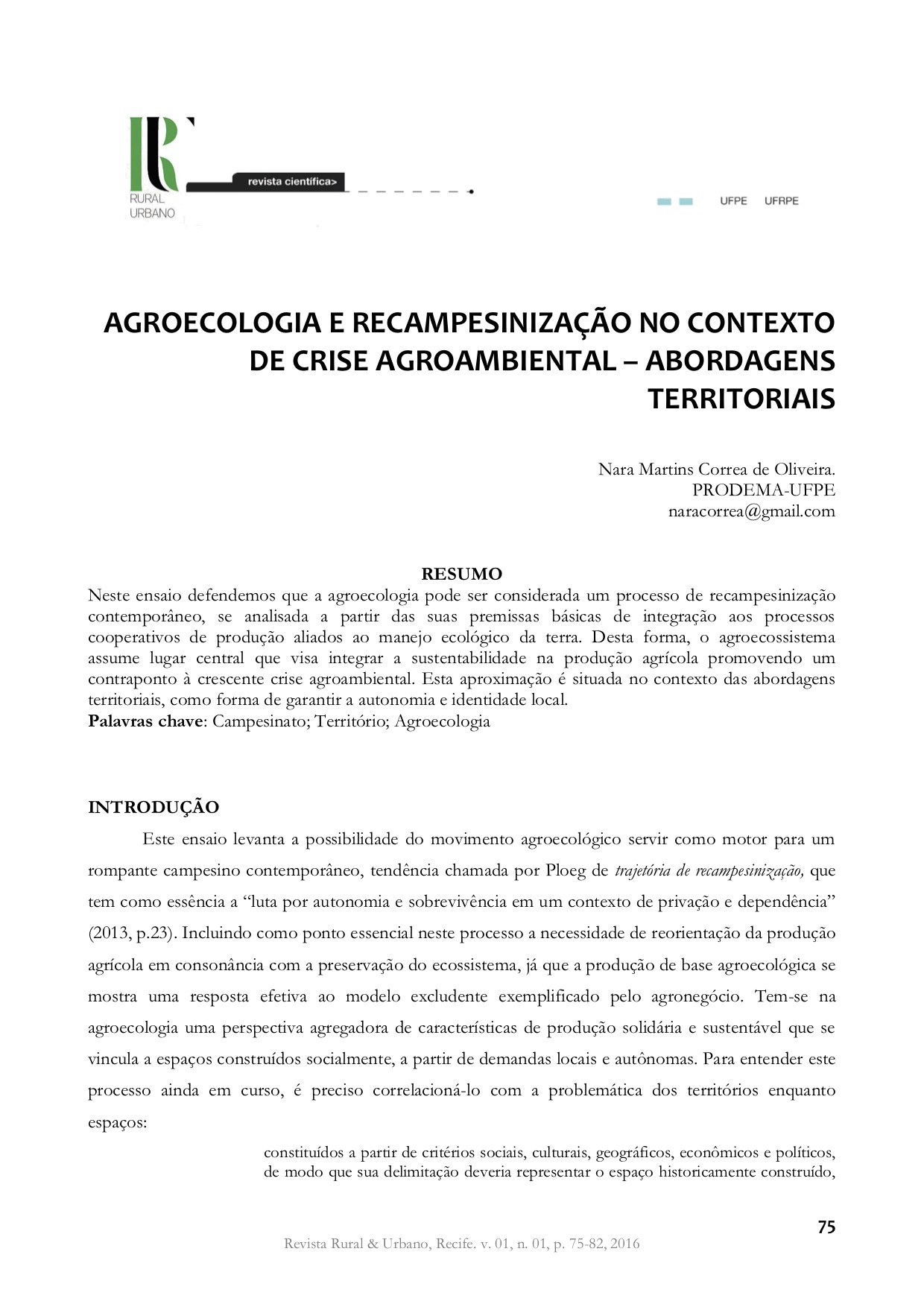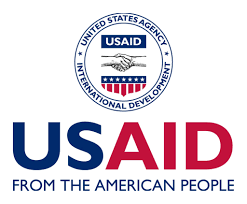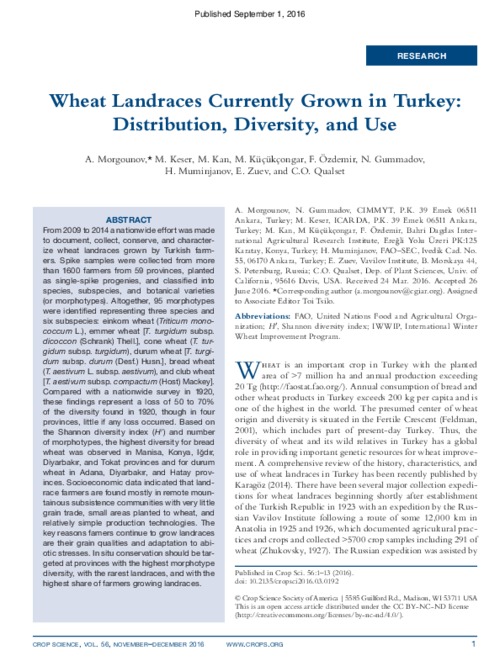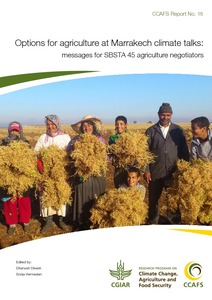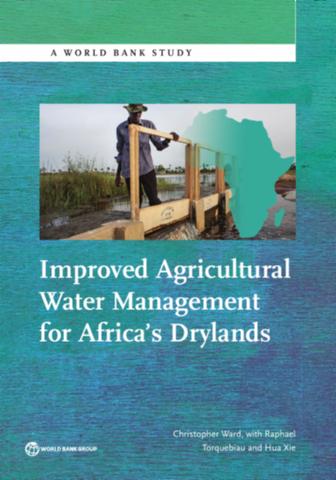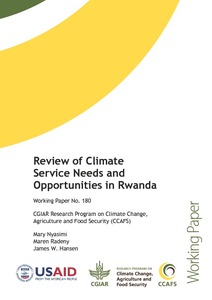Can smallholders double their productivity and incomes by 2030?
This paper assesses past trends in agricultural land and labour productivity, as a test whether it is feasible to meet the SDG target 2.3, namely doubling productivity and incomes of smallholders within a 15-year time span, if history were to serve as a guide. The target implies agricultural productivity would need to increase by 4.6% per year on average during 2015-2030. Available country-level data on land productivity (1961-2012) and labour productivity (1980-2012) for 140 countries shows that past trends fall well short of the desired pace of productivity growth.

